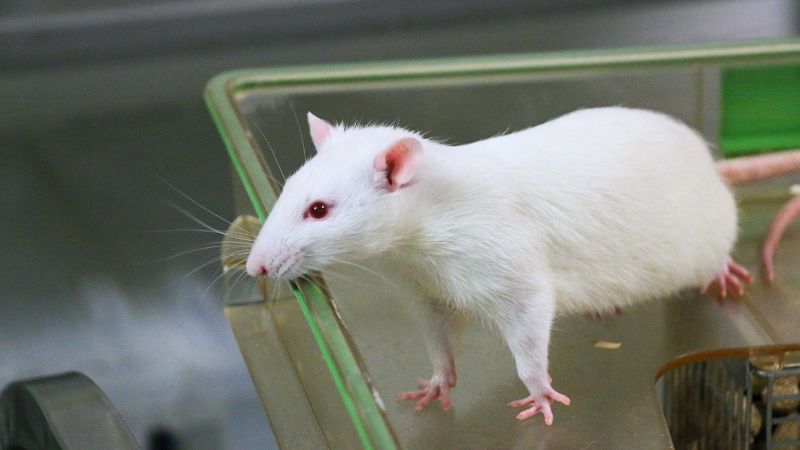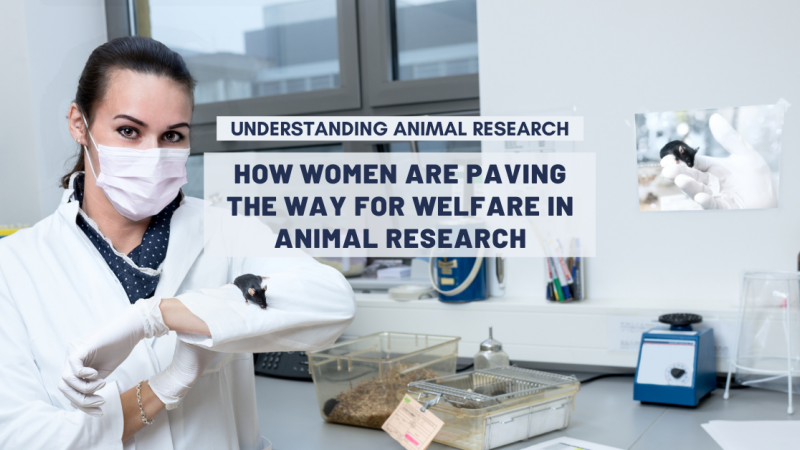
Tickling rats is serious science. UAR talked to Emma Robinson, Professor of Psychopharmacology at the University of Bristol, whose work with giggling rats has established a direct link between ‘laughter’ vocalisations and feelings of happiness or contentment. Besides making rats giggle with joy, this research could have a significant impact on animal welfare in the laboratory setting.
Laughter in humans is actually a pretty poor representation of their emotional state. People laugh in response to tickling, whether they like it or not. But it turns out that laughter in rats is a much more reliable indicator of the way they are feeling, according to new research.
For a long time, scientists assumed that the high-pitch noises rats make when being tickled or played with were similar to human laughter, but they had no way of knowing for sure.
“It is really hard not to anthropomorphise or use indirect measures of affect to monitor feeling in animals,” explains Professor Robinson. “We developed an objective affective bias test that could link the number of rat vocalisations to their subsequent affective state.”
And the correlation was incredibly significant. The rat squeaks were directly proportional to the the pleasure they were feeling. Not all rats liked being tickled, but the more the rats chirped, the more positive they found the experience.
"I find it fantastic that tickling rats make them happy, and it makes the researchers happy too," said Prof Robinson. "I find it incredibly rewarding that you can tickle them, and then they come back to you to ask for more tickling, I find that fantastic."
But Prof Robinson and her team didn’t spend so much time tickling rats just to cheer them up. Rats and mice are widely used in laboratory experiments and, for researchers, it's crucial to know whether the animals are having positive or negative experiences, in order to better protect the animals’ overall welfare, but also for the quality of the science being produced.
The findings of Prof Robinson’s team suggest that the high frequency vocalisations which rats emit can provide a simple, graded measure of their individual emotional experience. By knowing whether or not these giggles are a true signal of happiness, researchers can better assess the animals' needs accurately and objectively – something that has often proven difficult to do.
"It's actually very hard. How do you ask an animal whether they like something or not?" said Prof Robinson. “The important part of our work is what it might mean going forward for animal welfare. We will stop assuming what is good for a rat from a human point of view and be able to ask the rat exactly what it likes and dislikes.”
Now that the researchers know that rats really do giggle when they are tickled and those giggles are a true sign of happiness, Prof Robinson wants to check for these noises in other situations to determine whether the animals are having a positive experience or not.
“If we can show that vocalisations really do mean something, we can make the case for putting in place microphones in lots of different settings, listening and analysing vocalisation.”
“We’ve got the technology, why are we not listening to vocalisations in holding rooms anyway. It could give us an indication of the baseline affective state within an animal facility.”
The only thing holding back the expansion of this work is funding. “We’ve talked to a few organisations such as the MRC Harwell who are already ready to work with us to keep a tab on their rat populations and understand what can minimise their distress and optimise their welfare,” concludes Prof Robinson.
UAR interviewed Professor Emma Robinson, Professor of Psychopharmacology at the University of Bristol
Last edited: 3 March 2022 11:25



